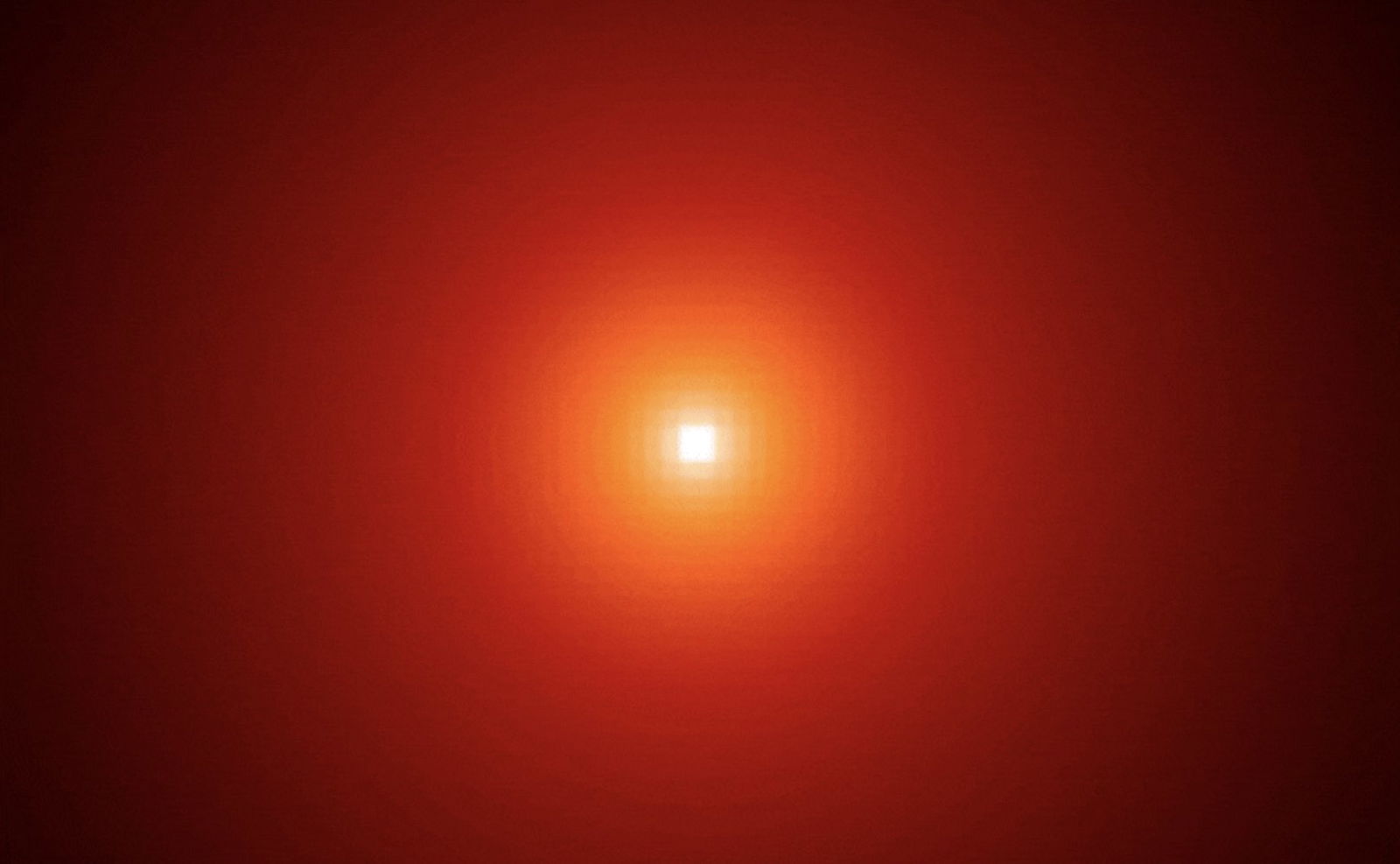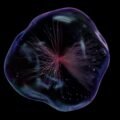Observations by the James Webb Space Telescope are offering new clues about the nature of a massive supernova associated with GRB 221009A, the brightest gamma-ray burst astronomers have ever recorded.
The new research confirms the presence of a supernova linked to this highly energetic source of gamma rays and reveals its comparatively low production of radioactive nickel, findings that challenge our currently accepted models involving these powerful events.
Astronomers hope the new findings made possible by NASA’s premier space science observatory will also help to offer unique new views into the processes that take place when these massive cosmic explosions occur.
A remarkably bright gamma-ray burst lasting close to seven minutes, GRB 221009A, which is also known as Swift J1913.1+1946, was discovered in October 2022. Its length was immediately recognized as being unusually long for such an event, allowing it to remain detectable for more than ten hours after it was initially spotted by astronomers, despite its location nearly two billion light-years from Earth.
Even at its great distance, the energy released by GRB 221009A was significant enough that it affected Earth’s atmosphere, resulting in the strongest effect ever produced by a gamma-ray burst known to astronomers. Events of this sort are believed to be exceedingly rare, likely occurring only once in every 10,000 years. Due to its brightness, some astronomers have since dubbed the event the Brightest Of All Time, or BOAT.


In the newest discoveries, made with the help of near-infrared spectrum analysis and imaging made possible by Webb, astronomers were able to confirm the presence of a supernova with GRB 221009A. The findings help reveal a potentially crucial link between long-duration gamma-ray bursts (LGRBs) and supernovae, an association long recognized in astrophysical models but never directly observed due to the rarity of these events.
Led by an interdisciplinary team of American and Canadian researchers, the team studied emissions from the supernova. The team suggested only a modest quantity of radioactive nickel compared with other similar events, which are known to produce much higher amounts of nickel. Generally, the greater the amount of nickel produced, the more it affects the brightness and longevity of the supernova.
Yet despite the high energies astronomers observed, the researchers involved with the recent study found no significant evidence of r-process nucleosynthesis, which is the cosmic process responsible for creating roughly half of all the known elements heavier than iron. This observation was significant, given that the absence of this fundamental process offers critical data on the conditions and aftermath of the most energetic stellar explosions that occur in our universe.
“Identifying the sites of r-process nucleosynthesis, a primary mechanism of heavy element production, is a key goal of astrophysics,” write authors Peter K. Blanchard, V. Ashley Villar, and their colleagues in the team’s recent paper.
Of all LGRB host galaxies, the one associated with GRB 221009A also exhibits one of the lowest metallicities ever observed, indicating an extreme environment that may ultimately be of key significance to the formation of such extremely powerful gamma-ray bursts. In their study, the team conducted a detailed analysis of the event which revealed that the galaxy has undergone relatively recent star formation, which they believe could point to a relationship between stellar creation and these massive events.
Another unique feature related to GRB 221009A is the presence of significant molecular hydrogen emissions, the detection of which suggests dense star-forming regions. This is important because it lends support to current theories involving how massive stellar progenitors, which are essential for LGRBs, also arise in these harsh environments. The observations would not have been possible without the high sensitivity and spatial resolution made available by Webb.
In the future, the team hopes that additional sites of r-process nucleosynthesis may be located, allowing additional observations through late-time IR spectroscopy that could offer additional corroboration for their research.
“Our findings motivate future JWST campaigns to examine the nebular-phase spectra of supernovae associated with LGRBs,” the study’s authors state.
The new study, “JWST detection of a supernova associated with GRB 221009A without an r-process signature,” was published in Nature Astronomy.
Micah Hanks is the Editor-in-Chief and Co-Founder of The Debrief. He can be reached by email at micah@thedebrief.org. Follow his work at micahhanks.com and on X: @MicahHanks.

